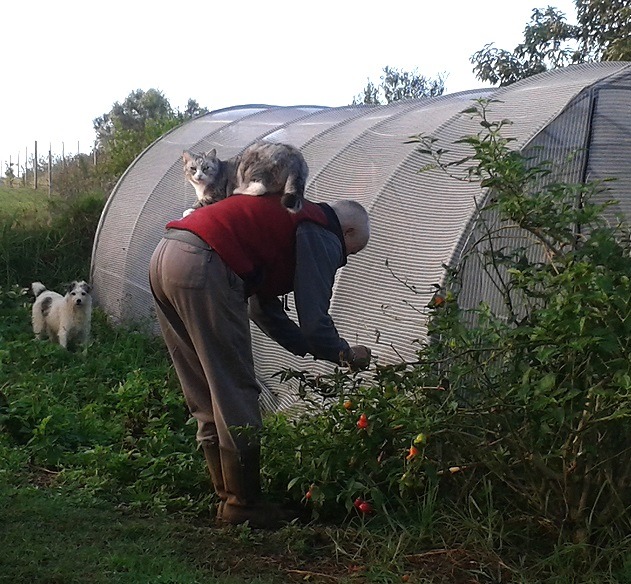Observation of the Week, 11/4/17

Our Observation of the Week is this Crassula pyramidalis plant, seen in South Africa by @sallyslak!
iNat has recently received a raft of new users from South Africa who’ve been providing some fantastic observations, including the incredible plant you see above, which was documented by Sally Adam. Sally says “I can't remember a time when I wasn't [interested in nature]. My parents report having found me sitting on the back step (aged 2) with a caterpillar on a lollipop stick - when asked, I informed them I was training the creature to walk along the stick. I'm interested in anything outdoors and am always amazed at how much is going on right under one's nose - one hardly needs leave one's garden to make interesting observations.”
Sally counts himself lucky to live on 100ha of bush, “so I spend a lot of time documenting what lives on the property (project "Slakplaas"),” and is a member of CREW (Custodians of Rare and Endangered Wildflowers), a group which monitors rare plants on the Southern Cape.
During a recent break, Sally stopped on a farm in Matjiesfontein in the Great Karoo.
It has been very dry in that area and the weather was miserably cold and windy but I decided to spend a few hours wandering around the koppie (small hill) to see if any flowers were braving the conditions. There were several species of Crassula in full bloom but just the one pyramidalis - I had not seen the species before and was delighted with its squat look and orange moptop.
Crassula pyramidalis, also known sometimes as pagoda mini jade, is a fascinating succulent. Its leaves are so closely overlapping (“imbricated”) that the stem is all but hidden. The leaves’ axils are themselves are covered with hairs, which trap moisture. Once it’s done flowering, however, it will wither and die. Probably the most well known of the Crassula plants is the jade plant, which is very common in households.

An iSpot user for several years, Sally (above, with a cat friend) has only recently started up with iNaturalist and says “ I'm finding it a great place to get identifications, to store a record of things that I see and learn from what other people post. The app is fantastic for instant uploads while I'm out and about and often there's an ID before I get home.”
Using platforms like iSpot and iNaturalists has “undoubtedly” changed the way Sally has interacted with nature, and he loves the connections he makes with other naturalists:
I'm much more likely to document something knowing that there's someone out there who will be interested, while at the same time I get an identification and often additional information from an expert. I recently posted some pics of dead ants on the tips of grasses - after some nudging from fellow citizen scientists, I ended up sampling the ants and sending them off to a researcher in the field of ant entomopathogenic fungi in the US. Without the interface provided by these platforms it's unlikely I would even have photographed the ants, let alone get them into the welcoming hands of a scientist. I'm not alone when I say I would be quite lost without this site!
- by Tony Iwane
- There are nearly 900 Crassula observations posted to iNat, check out the crazy diversity of this genus!





Comments
Add a Comment